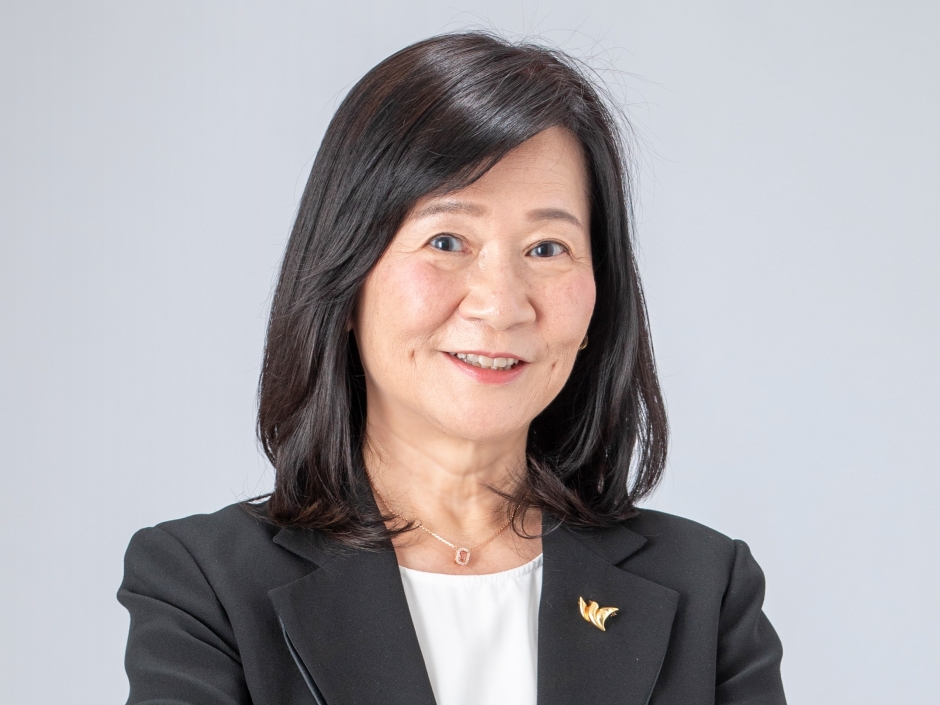- News
- The 92nd WIAPS Seminar (Oct. 14th)
The 92nd WIAPS Seminar (Oct. 14th)

Dates
Add to calendar1014
MON 2024- Place
- ZOOM Webinar
- Time
- 12:25-13:00
- Posted
- 2024年10月3日(木)
Date & Time
Oct. 14, 2024 (Monday) 12:25-13:00
Venue
ZOOM Webinar
Intended Audience
WIAPS Full-time Faculty/Research Associates, WIAPS Exchange Researchers/Visiting Scholars/Visiting Researchers, GSAPS MA/Ph.D. Students
Presentation
Presenter
Chikako Kawakatsu Ueki (Professor, GSAPS)
Presentation Theme
Changing Perceptions of a “China Threat” in the U.S. and Its Asian Allies
Abstract
The United States and Japan identified China as its primary threat in their respective National Security Strategy in 2017 and 2022. Australia and South Korea also see China increasingly as their security threat. It seems they are reacting to the same China threat. However, they have come to view China as a threat via quite different paths.
Perceptions of a China threat emerged at different times among the allies, and the nature of the perceived threat was different. Why did the United States fear China’s rise as a global peer competitor more than did the weaker powers that are geographically closer to China? And why did the United States and Japan identify China as the main security threat in their national security strategies in the late-2010s? In other words: What factors shape threat perception?
The talk will trace security elites’ perceptions towards China in the United States, Japan, Australia and ROK in the last 30 years and explain why the China threat they see differs in content, intensity, and in the timing, they began to see China as a threat. It will also explain what accounts for the seeming convergence of threat perceptions in recent years.
- Tags
- Events WIAPS Seminar WIAPS-EN
